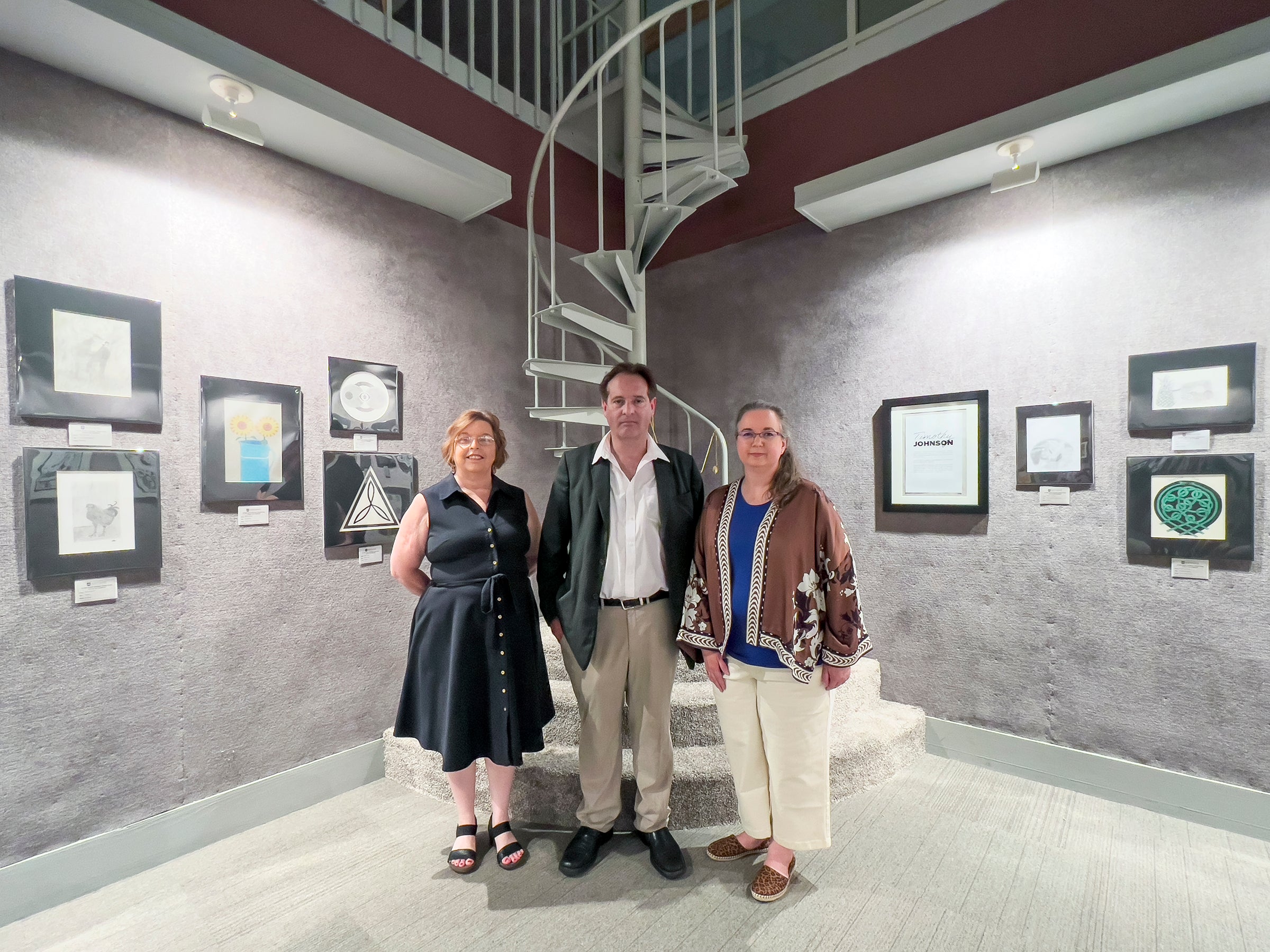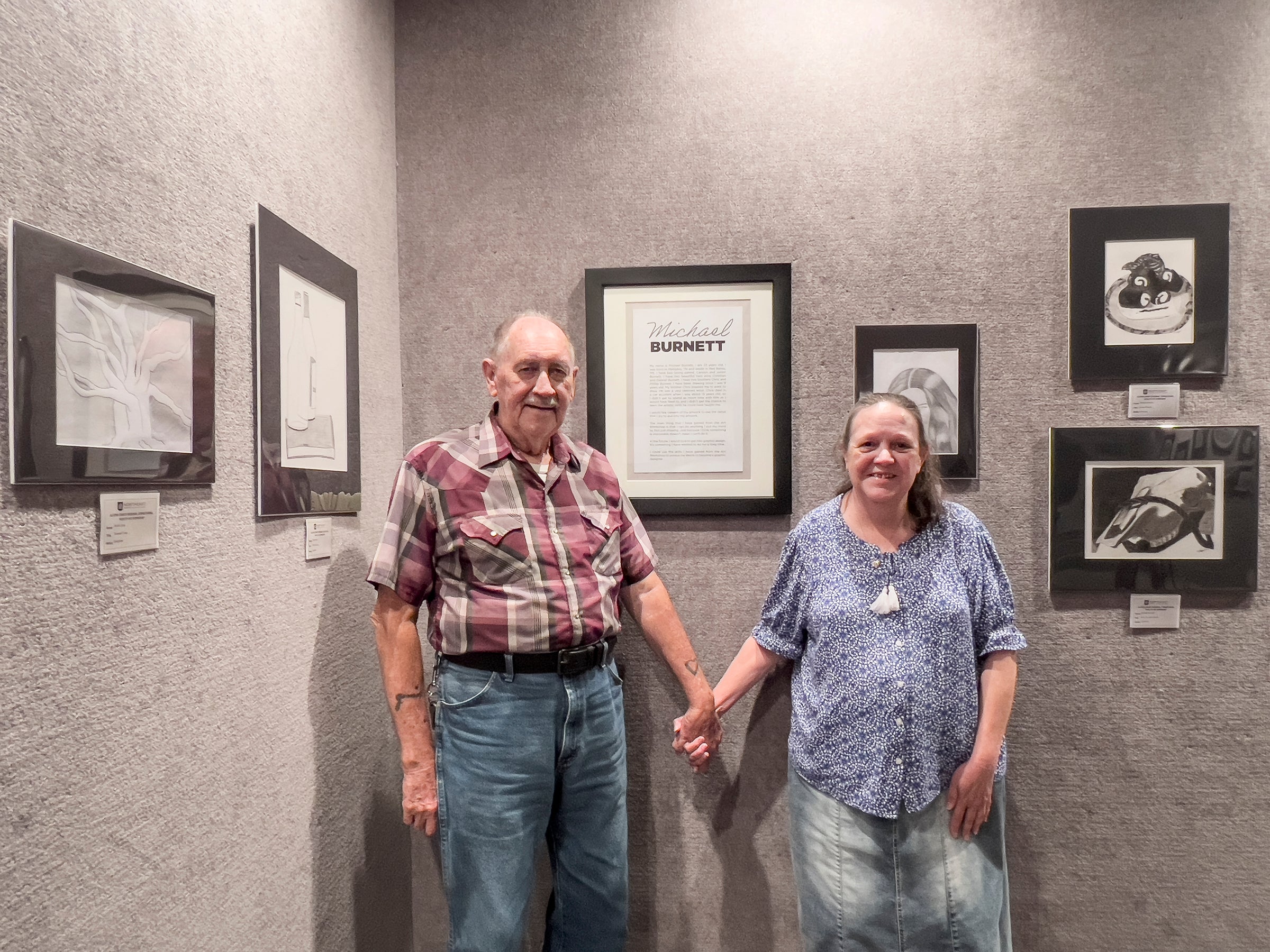Will travel for art
Published 8:38 pm Thursday, September 7, 2023
By Susan Mah
When I was growing up, my family vacations were always about food, architecture and art. My first trip to Europe was at age 4, and although my conscious mind doesn’t remember it, my unconscious mind remembers the beauty of Michelangelo’s David and the magnificence of Big Ben.
That said, last Sunday, I drove from Oxford up to Booneville to Northeast Mississippi Community College (NEMCC) to see an art exhibit of drawings by men incarcerated at the Alcorn County Regional Correctional Facility in Corinth. The men had participated in a 36-week art workshop led by artist, designer and instructor Melody Shinn.
Shinn’s work with the prison population is made possible by the Prison Writes Initiative, based out of Oxford and overseen by Executive Director Louis Bourgeois, who also facilities writing workshops for those incarcerated at the Mississippi State Penitentiary in Parchman.
According to Shinn, “art helps us unlock potential and find the humanity that we all seek and deserve.” She found the humanity in her students, whom she described as “having heart,” while I found it talking to the parents of Michael Burnett, one of the artists in the show.
As part of the exhibit, Michael shared these words:
“I am 33 years old. I was born in Memphis, Tenn., and resided in Red Banks, Miss. I have two loving parents, Carol and Junior…I have been drawing since I was 9 years old. My brother, Chris, inspired me to want to draw. He was a very talented artist. Chris died in a car accident when I was about 13 years old.
The main thing that I have gained from the art workshop is that I can do anything I put my mind to. Not just drawing. Just because I think something is impossible doesn’t mean I can’t do it…I could use the skills I have gained from the art workshop to pursue my desire to become a graphic designer.”
Mrs. Burnett told me about the death of their son Chris, as well as other family traumas, including the incarceration of Michael. She said she really didn’t know if he committed the crime or not, and no DNA test had been done, as is often the case.
Criminal behavior is frequently associated with addiction, mental health problems or both. And since the deinstitutionalization movement that started in the 1960s and escalated in the 1980s resulted in state mental institutions going by the wayside, prisons or the streets have become a primary housing facility for the mentally ill.
It has been said that “art opens the closets, airs out the cellars and attics. It brings healing.” From what I could tell based on my day in Booneville, it seemed that the art workshops were not only healing for the incarcerated students, but also their teacher and families, like the Burnetts, who showed up in support of their son and had a sense of pride about his work, despite Michael not being there to share in the moment.







